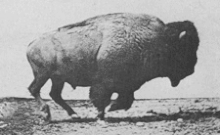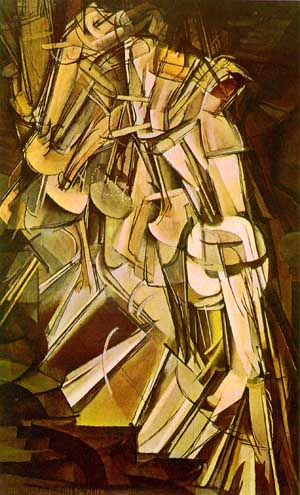Edweard Muybridge - Born Edwards James Muggeridge
Born: April 9th 1830 - April 8th 1904 (Aged 73)
From: Kingston Upon Thames, England
"In 1872, former Governor of California Leland Stanford, a businessman and race-horse owner, had taken a position on a popularly-debated question of the day: whether all four of a horse's hooves are off the ground at the same time during the trot. Up until this time, most paintings of horses at full gallop showed the front legs extended forward and the hind legs extended to the rear. Stanford sided with this assertion, called "unsupported transit", and took it upon himself to prove it scientifically. Stanford sought out Muybridge and hired him to settle the question."-Wikipedia
Below is the outcome of this debate that shows the way a horse runs. I have found Muybridge's work inspirational throughout the Three Little Words project, especially for the word Jumping. If possible I would like to work in a similar way using humans as the subject matter.
Above: A Horse in Motion
Above: American Bison Cantering































